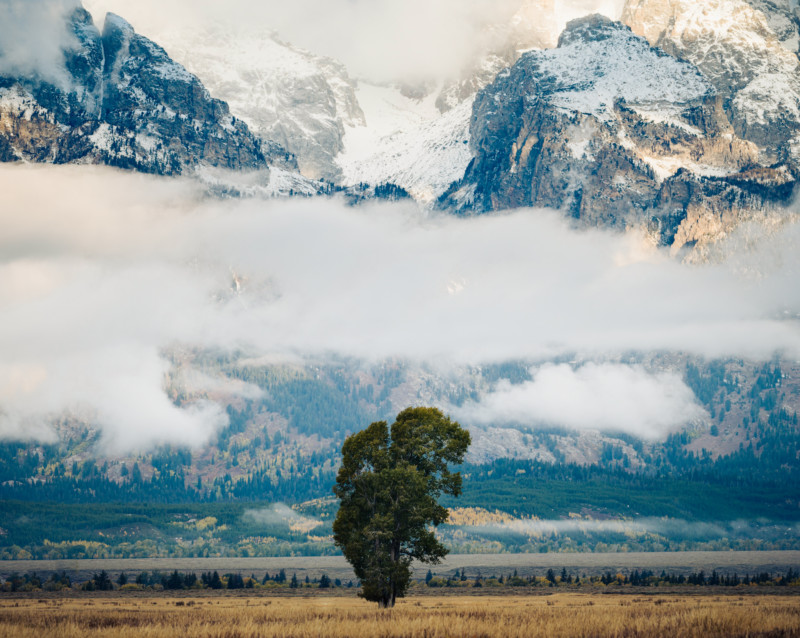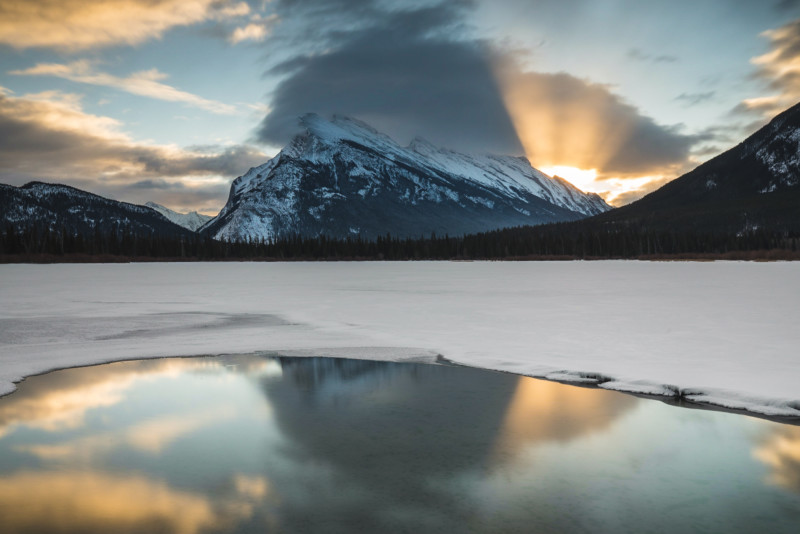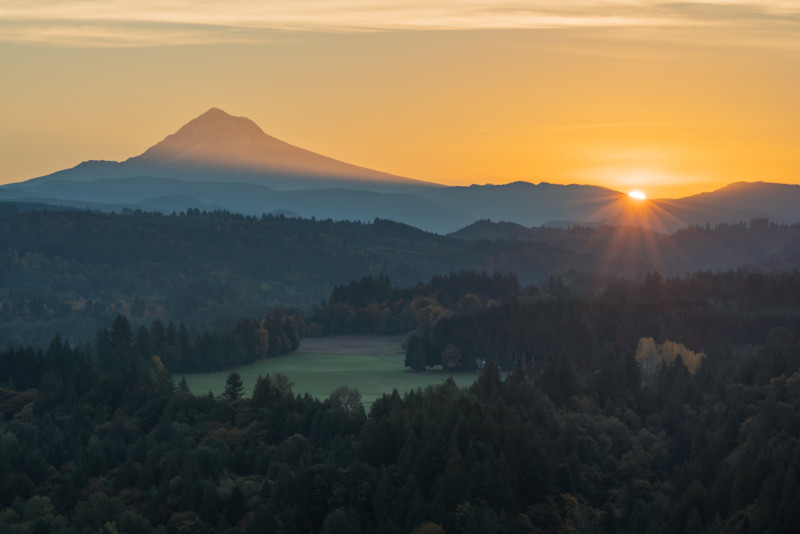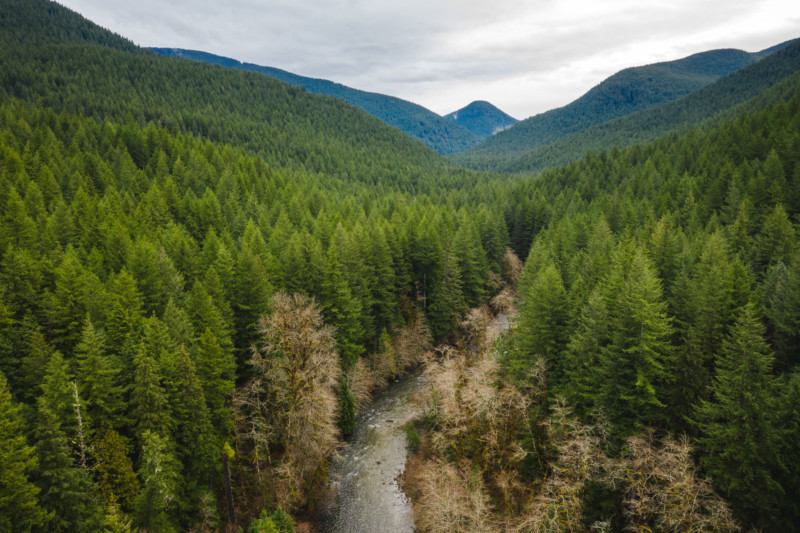Beautiful vistas and landscapes require very little in the way of adjectives when enjoyed in person, but trying to convey that majesty to someone through photos is a lot more challenging. Most of the time, a photo just doesn’t really capture the awe-inspiring nature of reality.
Have you ever tried describing a truly grandiose landscape scene to a friend or family member? You probably used a full-on medley of colorful adjectives such as “gigantic,” “massive,” and the crowd favorite, “epic.” Still, you can see that your words aren’t having the effect that you’d hope, so you grab your phone to show a photo of the landscape scene that you took. But, even with this visual aid, the photo on your phone (or computer screen) fails to live up to the image that you have in your mind. Your mind is filled with romanticized memories of mountains with peaks that scrape the sky and vistas that sprawl out as far as the eye can see. But, the photo on your phone just isn’t matching up.


In other words, your landscape photo fails to convey the impact — the size and presence — of your subject the way it did when you were standing there. This happens to me many times, especially when I’m using wider focal lengths, but it has also occurred when I had used telephoto focal lengths. To sum it up, these photos lack the impact required to properly and faithfully convey the grandeur of the scene you captured and it can take away from the overall feel.


This is especially common with my photos that have mountain ranges in the distance. In my memory — and in reality — these mountains are massive. But, when I look at them in my photos, they look underwhelming. Without going into too much detail, much of this has to do with your focal length and the distance of your camera relative to your subject and background. At wider focal lengths, gigantic mountains can appear to be relatively small and unimpressive.

Fortunately, there are some easy and quick ways to restore some of that visual impact without making the shot look unrealistic. In this video, I’ll show you three examples of how to restore impact using one tool in Adobe Photoshop: Free Transform. While this isn’t the silver bullet for every type of photo that lacks impact, it can yield some truly impressive results in the right circumstance.
About the author: Brian Matiash is a professional photographer, videographer, and published author based in Coeur d’Alene, Idaho. His passion is to serve other photographers by helping them grow their own visual pursuits. Learn more about Brian by visiting his website, on Instagram, and on YouTube.